Everyday objects are disposable, utilitarian affairs - borne out of necessity and built with just enough care to whitstand some daily use.
It's very rare for a mass-manifactured object to create a connection with its owner: objects are things, and things - as Spike Jonze reminded us in one of the greatest ads ever - have no feelings.
The Sony RX1, which launched in late 2012 in Japan and rolled out worldwide shortly afterwards, is one of the exceptions to this rule. An outstanding technical achievement, a fantastic camera, and an incredible piece of design, the RX1 I purchased on a recent trip to Japan has managed to dethrone Apple's iPhone 4, Teenage Engineering's Pocket Operator and Sony's own PS Vita from my personal hall of fame as the best piece of consumer design ever made.
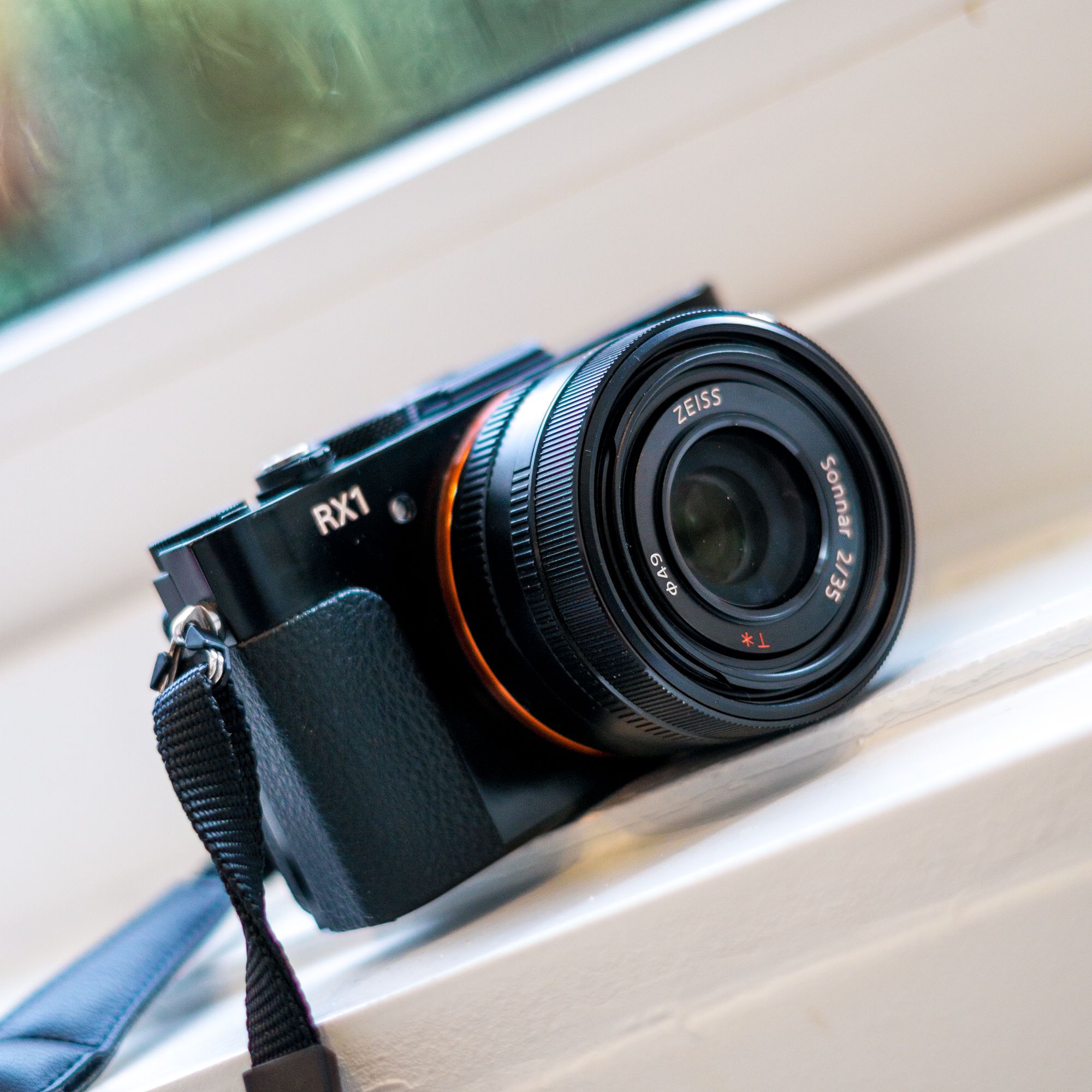
Core design
The Sony RX1 is a single-sensor, fixed-lens, full-frame mirrorless camera. It is, at its core, a miniature professional reflex, able to take pictures at a single focal length (35 mm) with dynamic range, sharpness and detail rivaling that of medium format cameras, while still fitting in a (large) jacket pocket.
The RX1 was introduced in 2012, before the launch of Sony's incredibly successful alpha-7 line of mirrorless full-frame ILCs, to let the world know that Sony was a serious contender in the professional space. It is a statement piece, in the sense that every single one of its defining traits is built to showcase Sony's technical supremacy.
Some might say it lacks some soul - and sure enough, it doesn't possess the effortless beauty of the products Sony's competitors were launching at the time, such as Nikon's J-series or Fuji's X-series; personally, however, I quite like its rugged, tank-like design; I enjoy its tactile controls, and of course love the pictures it produces.

When Sony built the RX1, it set out to demonstrate there was only one company in the world with the ability, funding and willingness to invent a new class of photographic cameras; and to build a product that fully redefines the performance to size ratio of modern digital devices.
Seven years on, the fact not a single competitor (except maybe Leica) even came close to releasing anything in this class, goes to show how deeply and utterly they succeeded.
Raison d'être
Despite being extremely forward-thinking at launch, the RX1 is starting to show its age: the relentless tide of technology has produced cameras with faster autofocus, better low-light performance, higher megapixel count, and better on-board processing.
There are, however, three core features that still characterize this camera as a class-defining piece of design.
The first one, is that the RX1 is small. It's hard to appreciate how small exactly until you've held one in your hand. It's significantly smaller than any Leica camera; it is smaller than the a6000 line of APS-C ILCs, even with a pancake lens. It is smaller than a Ricoh GR, it is way smaller than the Fuji X-100 series, and were it not for the fact that the lens isn't retractable and sticks out from the body, it would be about as big as the 1-inch sensor Sony RX100 (which is tiny to boot).
In my photography bag the RX1 takes up about as much space as a run-of-the-mill 50mm lens, which is, in a word, insane, given the sensor, controls and processing engine it packs.
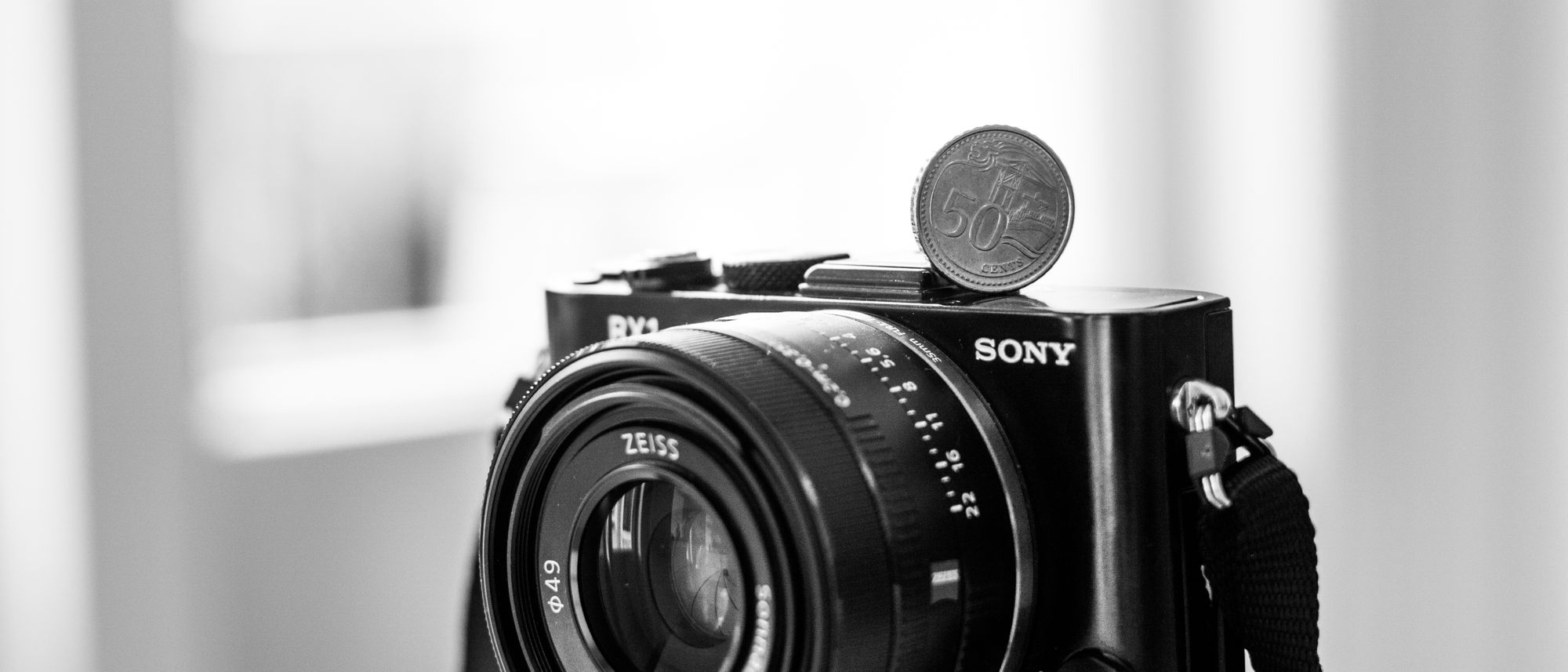
Indeed, the second defining trait of the RX1 is its sensor. The RX1 was a test bed for what would later become the full frame engine in Sony's alpha-7 line. It carries a huge 36x24 mm 24 megapixel CMOS sensor - a fact that's hard to wrap your head around when you consider the whole RX1 body measures just 113x65 mm. In other words, the sensor takes up roughly 1/10 of the camera envelope, as opposed to the conventional 1/30 to 1/50.
Not only that, but it is deeply recessed into the body, and in fact fused to the rear display itself. If you look for the subtle ∅ symbol next to the hotshoe on the RX1's body - that's where the sensor is positioned.
The fact that Sony's engineering team felt this was worth pointing out on the outside shell of the camera itself, clearly signals what an incredible engineering triumph the sensor/lens combination is in such a compact envelope.
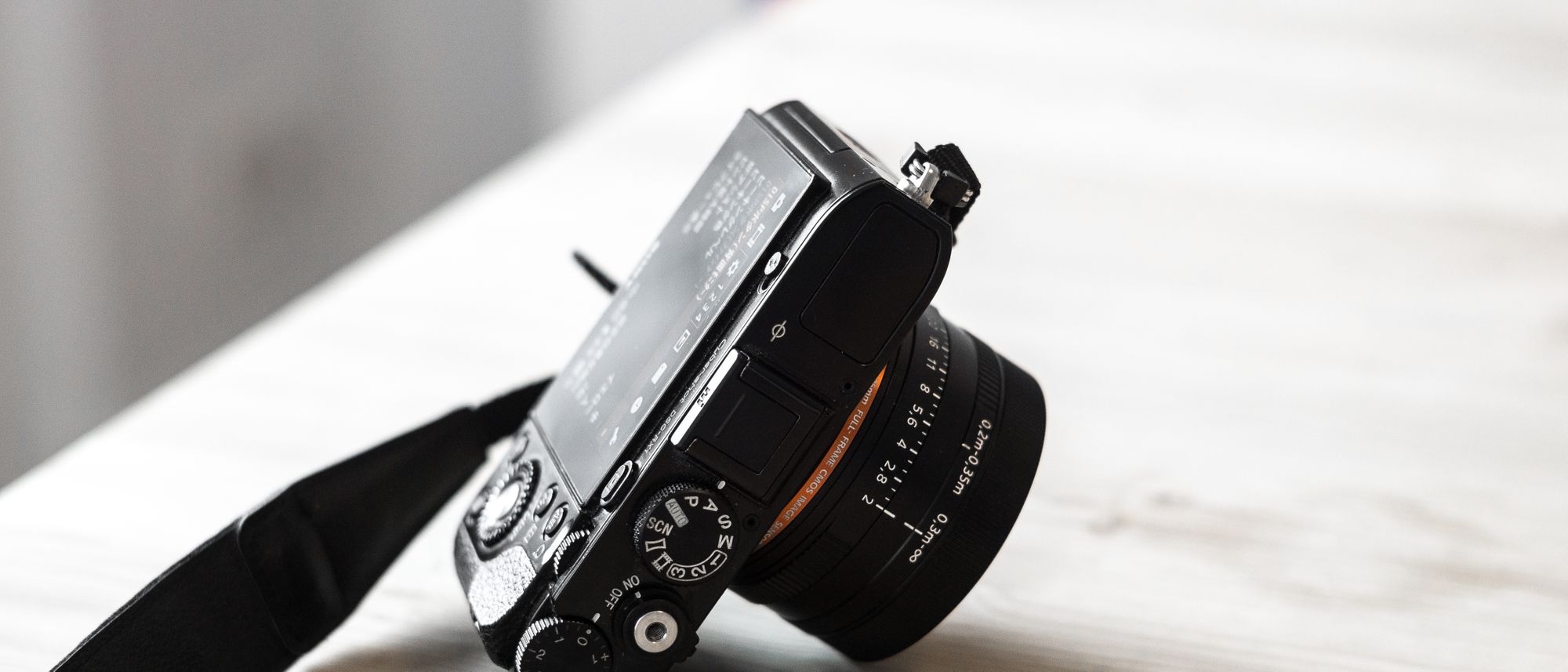
And sure enough, no piece about the RX1 would be complete without mentioning its lens. It is a 35 mm f/2 prime; not interchangeable, as it reaches deep into the camera's body - right up to the sensor. Not that it matters in any way, as you'd never want to remove this lens anyways.
It is the sharpest lens I've ever used, and to go anywhere near this level of detail, one would probably need to reach towards a Zeiss Otus or Leica Summilux - lenses that are heavier, thicker, and significantly more expensive than the entire RX1 package. It's also one of the few lens I've ever used which is fully usable, and in fact has limited performance degradation, when stopped fully open at f/2.
Worth mentioning is that the lens is focus-by-wire: this may upset some purists, but I personally feel it was the right choice to flexibly alternate between digital and manual focus in software. The aperture ring is, on the other hand, pleasantly clicky and fully manual. Using the ring in aperture priority mode together with Sony's brilliant auto-ISO implementation and the tactile exposure compensation wheel just under your right thumb allows for a brilliant shooting experience.
Last but not least, in a final engineering flex, the entire lens can be shifted a few millimeters to allow for close focusing up to 20 cm from the subject, using a dedicated (manual) wheel.
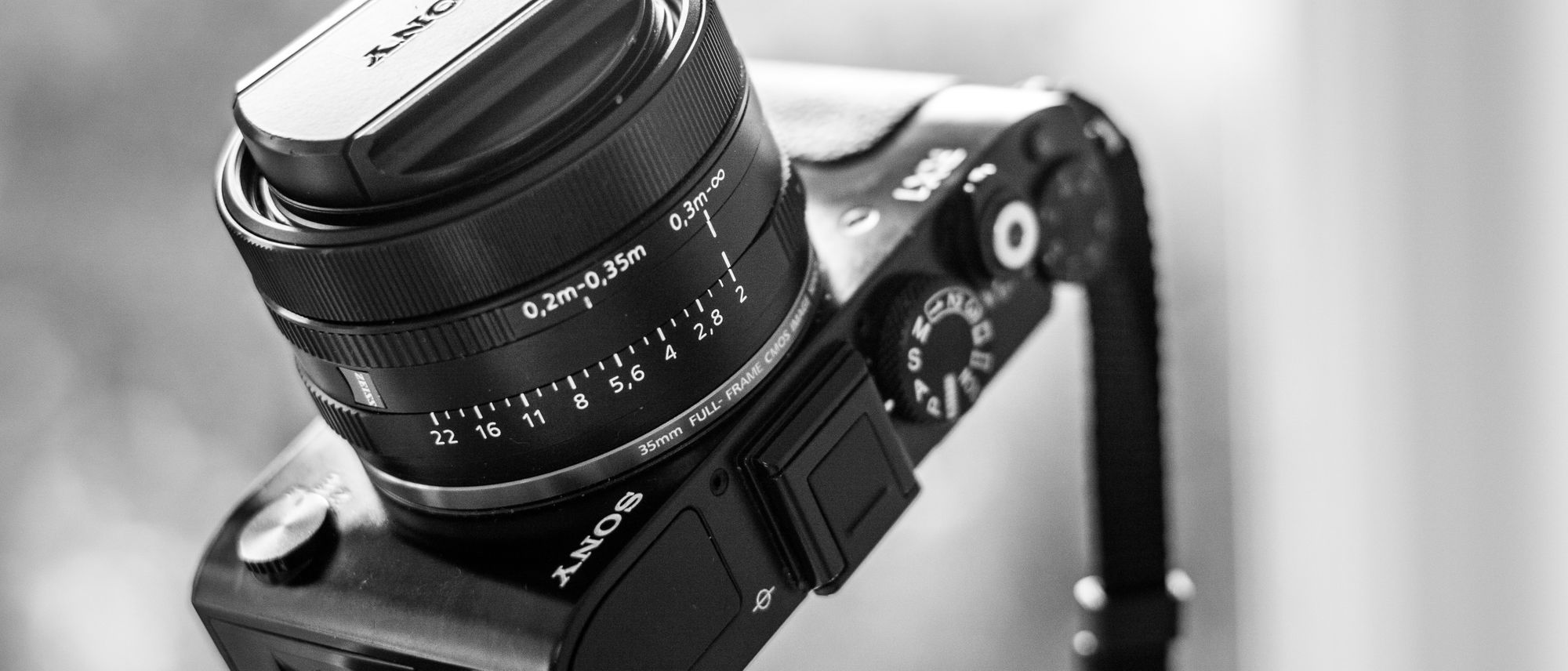
Picture Perfect
The RX1 is not a piece of abstract design - it is a functional object with a clear goal: to take pictures in the best way possible. On that front, it absolutely delivers. The combination of the semi-wide, bright Zeiss lens and the full frame sensor produces beautiful pictures in virtually every situation.
In 2019, the main question is why one would need to carry a camera around - even a compact one like the RX1 - when phones such as Google's Pixel or Huawei's P30 advertise Leica-branded sensors, multi-lens setups and smart algorithms.
The main answer is, of course, that professional look that makes pictures look lifelike and, well, professional. The RX1 sensor is about 50 times bigger than a regular smartphone's sensor - it captures more light with significantly less chromatic aberration. And while sheer resolution is not that important if you're not printing your pictures in large format, there is a certain pop (the official name is micro-contrast) that derives from the physical characteristics of light being channeled through a large, multi-element lens into larger pixels. Colors are much more vivid, and the image seems to jump at you from a well-calibrated monitor or a quality print, just as much as they do from a compressed Instagram upload.

As for colors and dynamic range, the RX1's sensor performs as well as most modern full frame cameras, and delivers light-handed, realistic results with minimal effort. You get to shoot .raw if you want, allowing to recover even more details in post; but generally I find .jpeg images straight out-of-camera to be so close to the final edit, that I usually don't even bother downloading my pictures into Lightroom, opting instead to edit them on-the-go using my phone and my wi-fi equipped SD card.

The final difference between the RX1 and even the most advanced phone is the incredible background falloff the Zeiss lens delivers when shooting street portraits with natural lighting.
If you've seen Wally Pfister's work in Inception, or Hoyte van Hoytema's in Her, you know what to expect: dreamy, soft backgrounds with enough detail to still perceive the full picture; strong subject separation, perfect skin tones, and beautiful contrast across the board.
Computational photography might have improved by leaps and bounds, but there's no way a phone's portrait model can compete with this.

Why it matters
We're at the tail end of the 2010s, and smartphones have succeeded in doing what 90s cheap mechanical cameras and early-2000s point-and-shoots failed to: to truly commoditize photography for everyone. In a world where Instagram is about to break the threshold of 100 million pictures uploaded every day, it's difficult to argue the utility or usefulness of an object such as the RX1. It's a camera that is technically on its way to obsolescence, one more device that must be charged every night and lugged around all day, and with a sticker price measured in the thousands of dollars to boot.
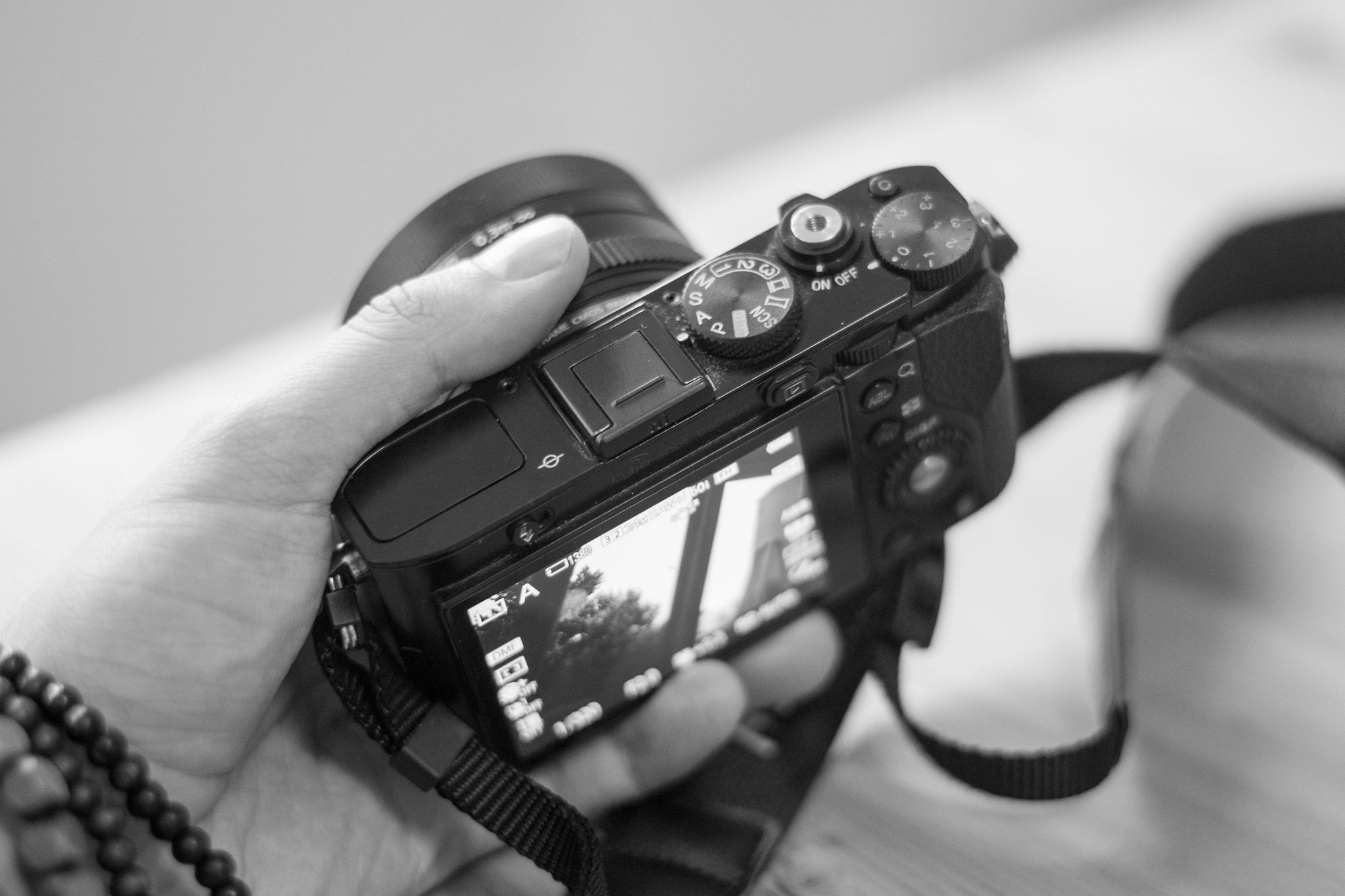
Why do you take pictures? In my career I've thought up three possible motives.
The first one is the memory rationale: life is short and memories fleeting: we want to take a snapshot of the moment we live so we can store them on a server rack in a data center and recall them forever. If that's what you do, chances are when the magic moment happens your RX1 will be in a drawer at home; so you'll pull up your iPhone, press a button, and take a perfectly serviceable memory instead.
That's what most people do; so if you're mainly a memory photographer, you're probably not going to understand why you'd spend thrice the price of an iPhone on a device that doesn't even allow you to text your friends.
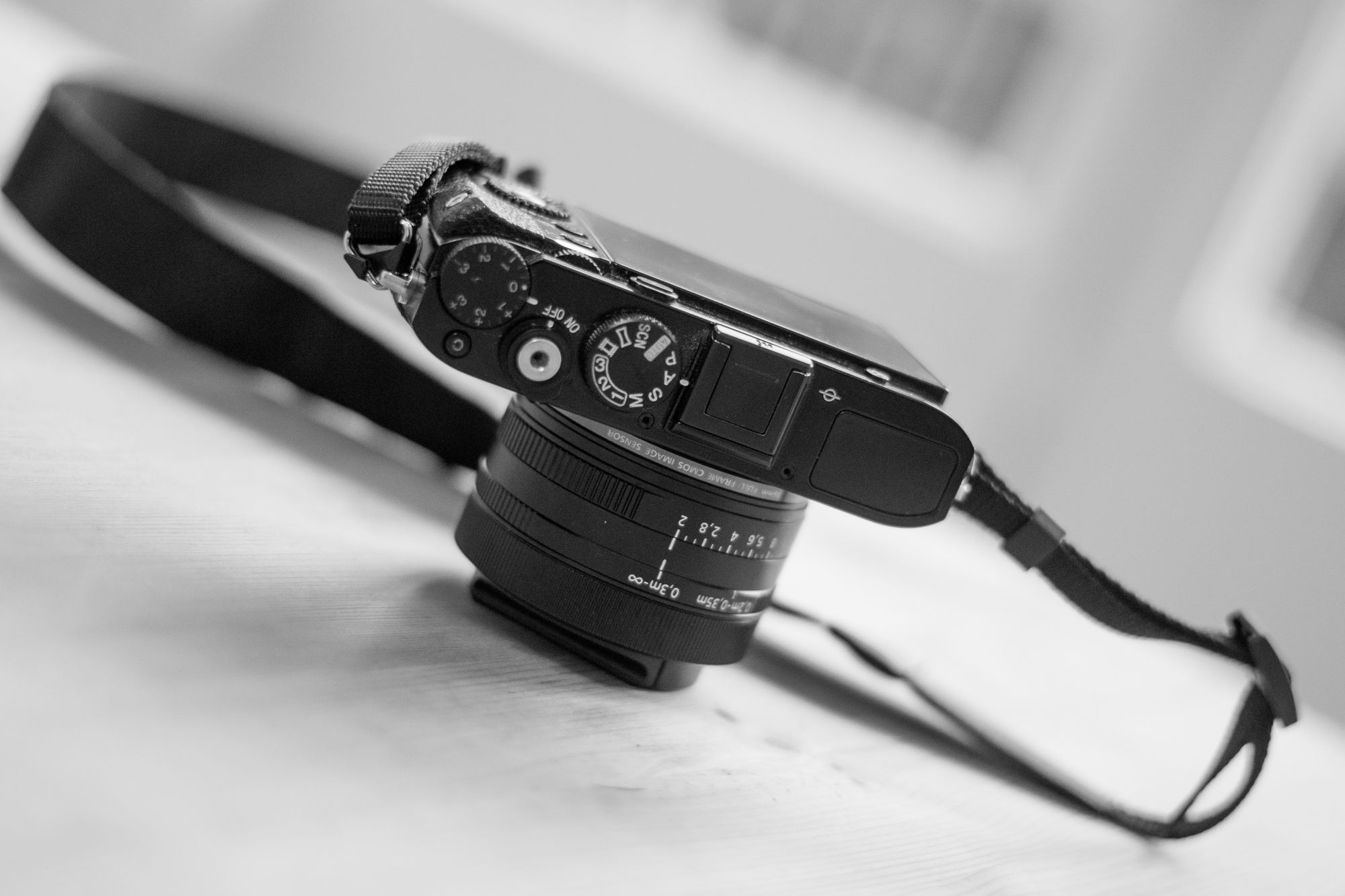
Second purpose: the sharing rationale. Descartes once said 'I think, therefore I am'. But nowadays, it's sharing that has become the ultimate proof of existence. That's not a net negative: sharing experiences and things you love with the people you care about is something uniquely human, and it makes life worth living.
But sharing is immediate, spontaneous and - in a way - disposable: there's no point in going through an editing pipeline with the 25 mb .raw files produced by the RX1, because the reality is no one will care whether your Whatsapp holiday pictures have the Zeiss pop or not. And if you're a professional sharer - whether you're a photographer or an influencer - the reality is the compactness and portability of the RX1 will not be enough to justify its shortcomings in production - most notably the small battery, difficult grip, and finicky autofocus.
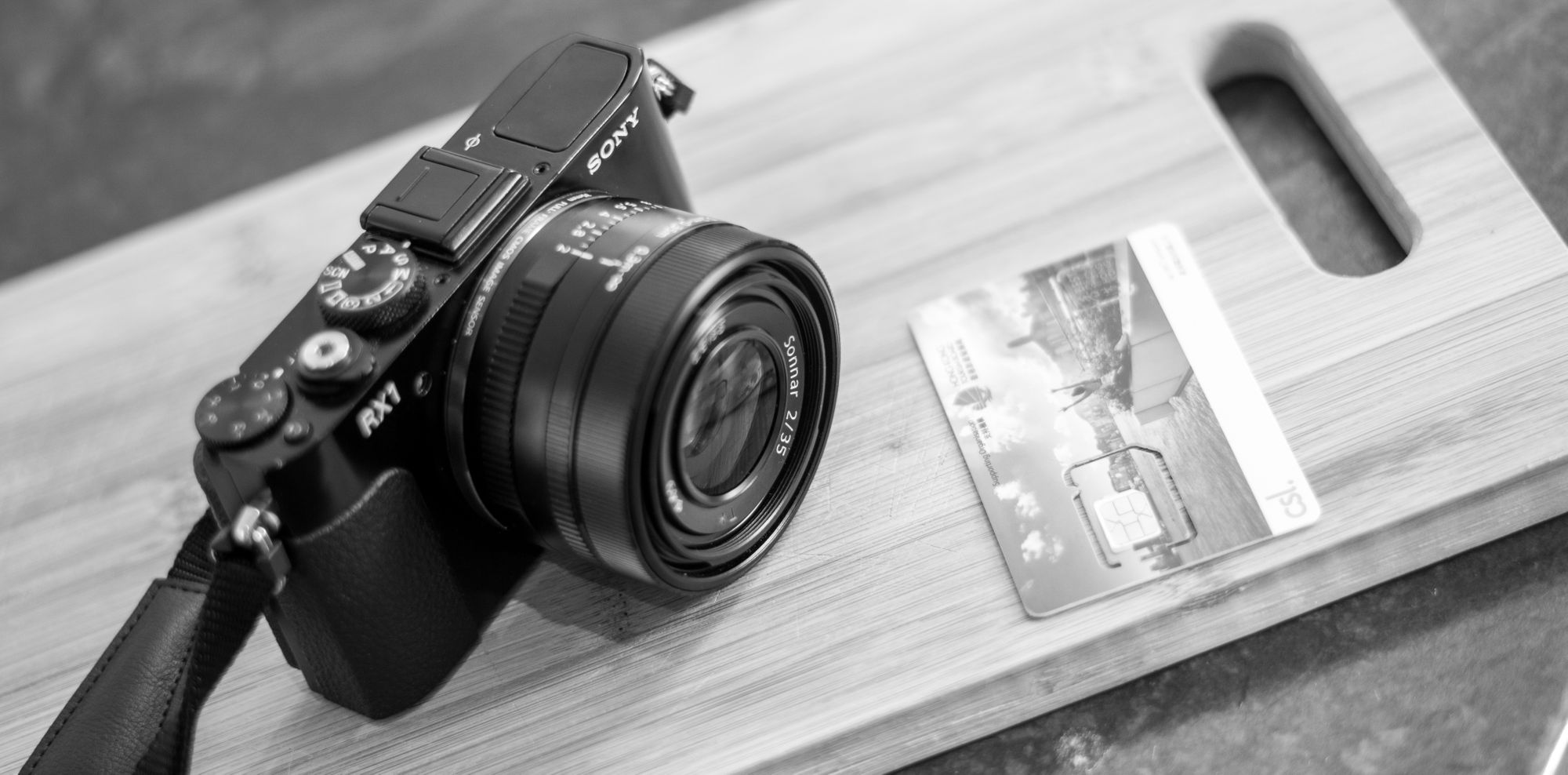
The final one, is just because you love taking pictures. When I take a picture, I'll sometimes share it with friends and family - or even on the Damn Blog! - but more often than not I'll just keep it. And while I do neatly organize my snaps in a multi-terabyte backup, I rarely if ever go back and revisit old pictures for the memory of it.
The reason for this is that 99% of the enjoyment of every single picture I take is generated and exhausted the moment I press the shutter. So sometimes I'll leave the house with my camera and not take a single snapshot. Sometimes I'll take a couple, none of which are good. And sometimes, when I least expect it - the perfect conditions strike and I get to take a few pictures that make me happy for days to come.
These pictures - these happy moments - have something in common: they are a reflection of the way we see the world. They are a manifestation of how we perceive the reality around us. A device like the Sony RX1 is simply the tool that we use to elaborate the world surrounding us in a very personal way, sparking joy, happiness and fulfillment. If you're this type of photographer, there's absolutely nothing in the world that compares with the likes of the Sony RX1.
A device so small it becomes an invisible extension of your eyes; and yet so beautifully tactile you can use it without ever losing sight of the world around you. A silent leaf shutter that allows you to - finally - be fully invisible when shooting, allowing reality to unfold undisturbed. A lens that bends the laws of physics and delivers the same frame you see with your eyes, but better than you'd remember it. And a camera that is, in the end, nothing short of an engineering triumph in the palm of your hand.
The RX1 is this and so much more: it is the most stunning piece of design I've seen in my entire life, a significant part of who I am and what I do, and something that undeniably makes my life better, every day. Treasures like this used to be rare, and priceless. But this one is mass-manufactured, and bought in a regular store. It boggles my mind that we have reached such a state as a civilization that a fresh graduate can afford something that the ancients would have written poems about.



And yet, here we are.
